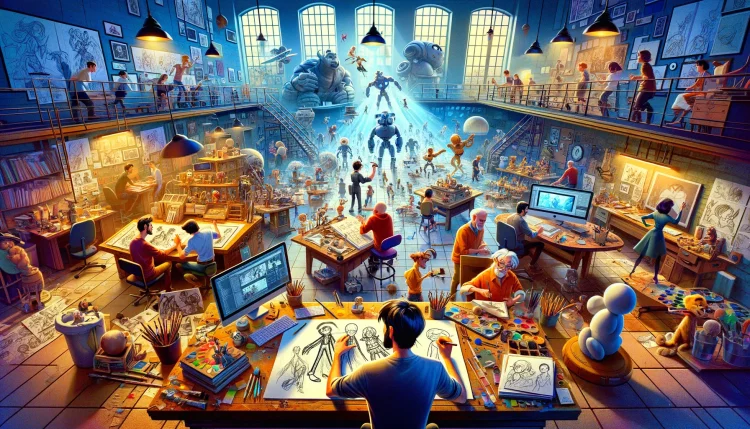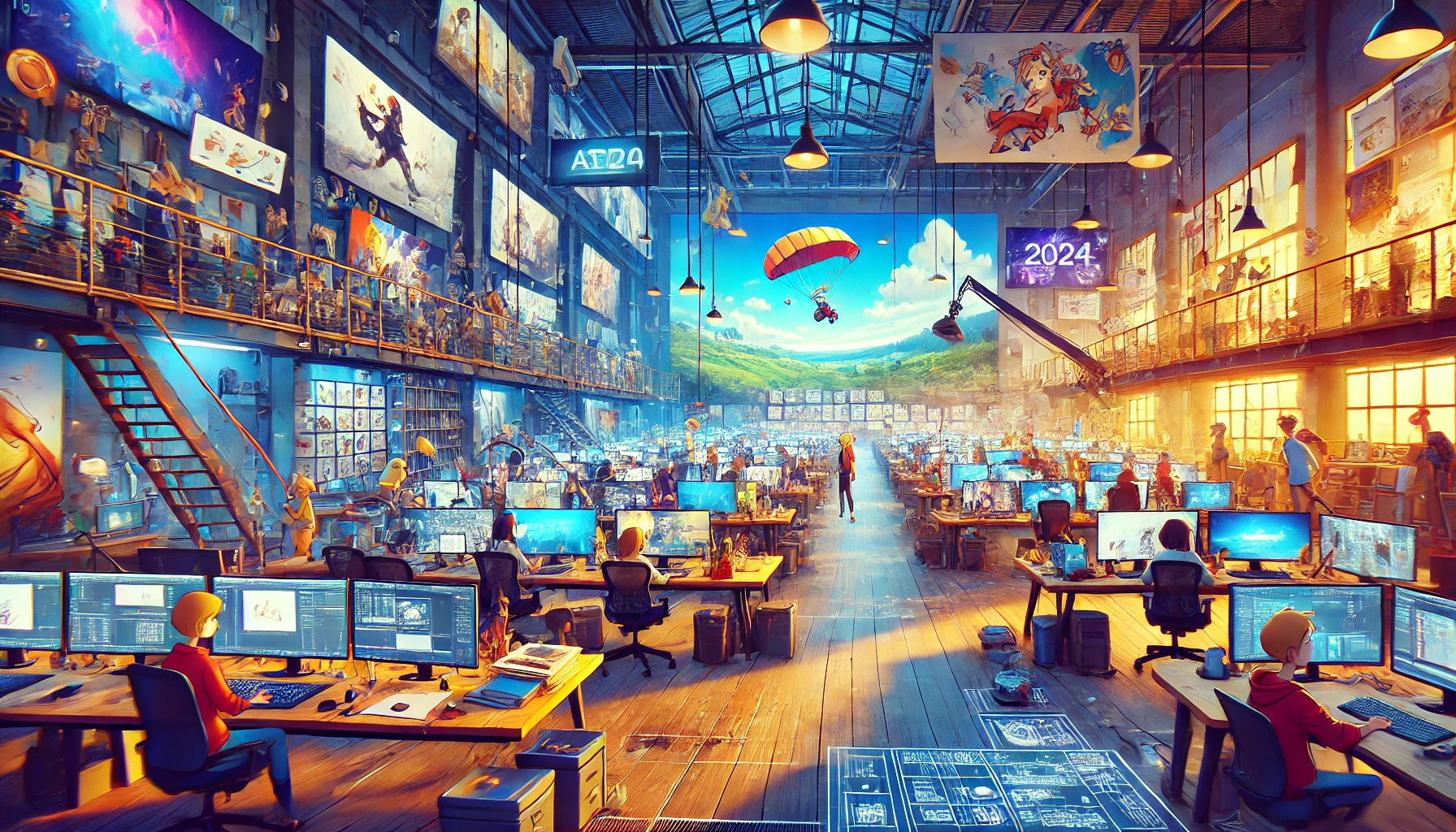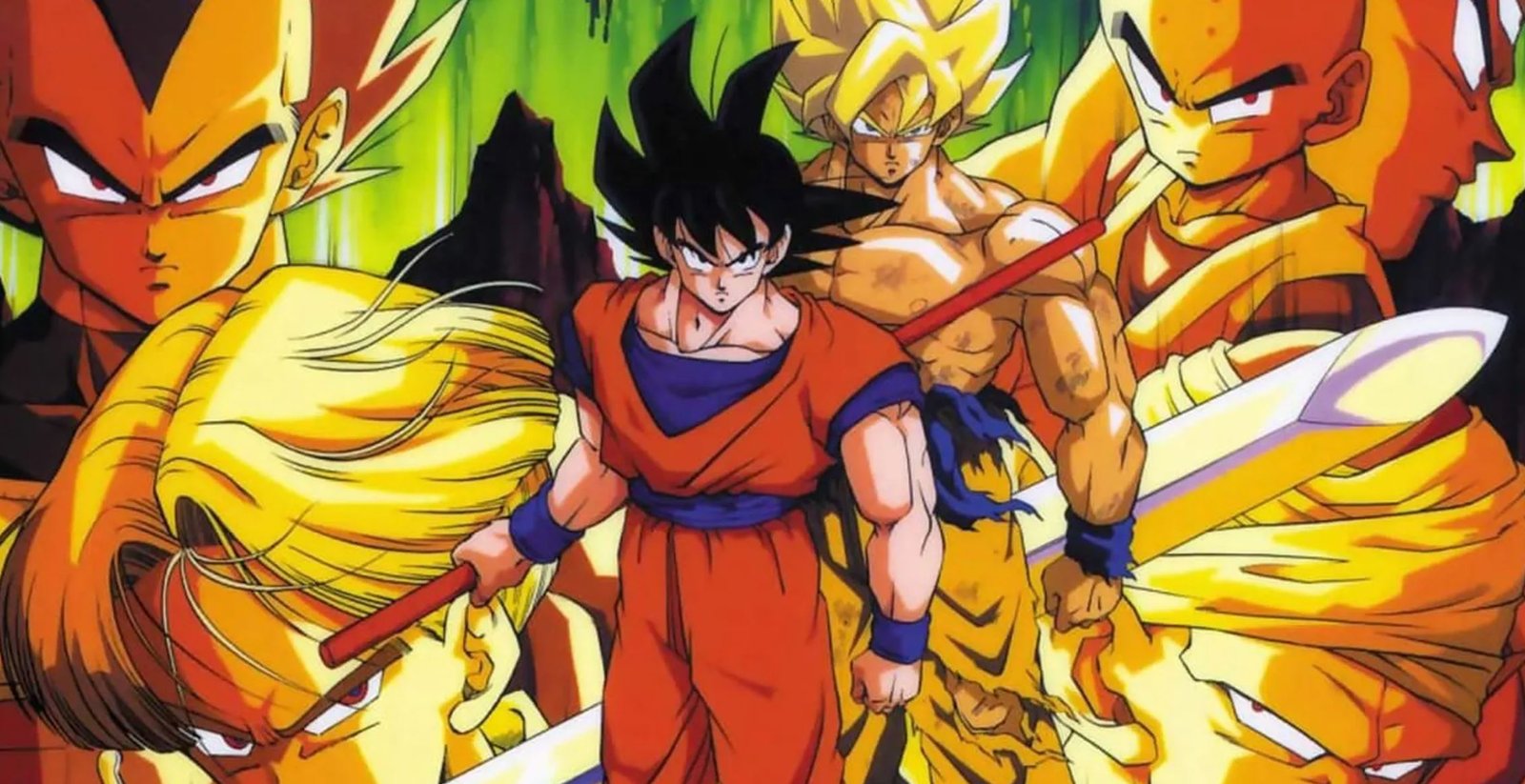The anime industry, known for its vibrant storytelling and distinctive visual style, has undergone significant transformations over the years. One of the most notable shifts is the increasing prevalence of cross-studio collaborations. These partnerships between anime studios, both within Japan and internationally, are reshaping the way anime is produced, distributed, and consumed. From blending different animation techniques to merging cultural perspectives, these collaborations are not only elevating the quality of anime but also expanding its global reach.
In this post, we’ll explore how cross-studio projects are influencing the anime industry, the benefits and challenges they present, and some standout examples of successful collaborations that have reshaped anime production.
1. What Are Cross-Studio Collaborations?
Cross-studio collaborations refer to partnerships between two or more animation studios that come together to work on a single project. These collaborations can occur between Japanese studios or involve international studios partnering with Japanese animators to create anime that appeals to a broader audience. They can involve various aspects of production, such as animation design, direction, scriptwriting, and distribution, often leveraging each studio’s unique strengths.
Such collaborations are particularly important in a rapidly evolving anime industry where the demand for high-quality, diverse content is greater than ever. These partnerships allow studios to combine their expertise in various aspects of production and broaden their creative possibilities, ultimately producing anime that is more dynamic and innovative.
2. Benefits of Cross-Studio Collaborations
A. Combining Strengths and Expertise
One of the main advantages of cross-studio collaborations is the ability to leverage the strengths of different studios. For example, some studios specialize in creating highly detailed, traditional hand-drawn animation, while others are experts in 3D animation or CGI. By collaborating, these studios can pool their resources and create anime that blends the best of both worlds, resulting in visually striking projects.
In addition to technical expertise, collaborations also allow studios to bring in diverse storytelling approaches. For example, a Japanese studio may partner with an international studio that has a different narrative style, resulting in unique and culturally rich stories that appeal to global audiences.
B. Cost Efficiency and Resource Sharing
Animation production, especially for high-quality anime, can be an expensive and resource-intensive process. Cross-studio collaborations help offset some of these costs by allowing studios to share resources, including talent, equipment, and funding. With the ever-increasing demand for more anime, these collaborations make it financially viable for smaller or independent studios to contribute to high-profile projects, expanding their reach and production capabilities.

C. Expanding Global Reach
In today’s globalized world, anime fans are spread across all continents. Cross-studio collaborations help studios tap into international markets by incorporating global cultural references and appealing to broader audiences. International collaborations are particularly significant in anime’s growing presence in the West, as studios can merge Japanese storytelling with Western sensibilities and aesthetics, which can enhance its appeal to viewers outside Japan.
3. Challenges of Cross-Studio Collaborations
While cross-studio collaborations offer numerous advantages, they also come with their set of challenges. Communication barriers and differences in studio culture can sometimes lead to friction between partners, especially when working on an international scale. For example, a Japanese studio may have a different workflow or creative approach compared to a studio in North America or Europe. These differences can affect everything from deadlines to artistic vision, requiring careful coordination and compromise from all parties involved.
Moreover, the blending of different animation styles can sometimes lead to inconsistencies in the final product. For example, a series that combines traditional 2D animation with CGI may risk feeling disjointed if not handled well. Balancing different visual styles and storytelling techniques requires significant collaboration and attention to detail to ensure a cohesive final product.
4. Notable Cross-Studio Collaborations in Anime
A. Castlevania – A Blend of Western and Japanese Animation
One of the most successful international collaborations is Castlevania, the anime-inspired series based on the video game franchise. Produced by American studio Powerhouse Animation Studios, Castlevania combines Western storytelling techniques with the distinct animation style of Japanese anime. The series was praised for its dark, mature themes, immersive world-building, and fluid animation, which blended traditional 2D animation with modern action sequences.
This collaboration demonstrated the power of combining Western storytelling sensibilities with Japanese animation techniques, showing how the two cultures can blend to create something entirely new and exciting. It also opened the door for more Western studios to explore anime production, expanding the global reach of anime.
B. The Witcher: Nightmare of the Wolf – Netflix and Studio Mir’s Collaboration
Another notable collaboration is the 2021 anime film The Witcher: Nightmare of the Wolf, produced by Netflix in collaboration with Studio Mir, the studio behind The Legend of Korra. This film serves as a prequel to The Witcher live-action series and features a unique anime style that blends the world of The Witcher with the artistry of Japanese animation.
By combining Netflix’s global reach and high-quality content production with Studio Mir’s renowned animation expertise, The Witcher: Nightmare of the Wolf introduced anime fans to a new way of experiencing the Witcher universe while maintaining the franchise’s distinct fantasy elements.
C. Children of the Sea – An International Co-Production
Children of the Sea is an anime film produced as a co-production between Japan’s Studio 4°C and multiple international production companies. Based on the manga of the same name by Daisuke Igarashi, the film explores themes of nature and the ocean through surreal animation. The international collaboration helped the film gain recognition on a global scale, especially in the West, where it was well-received for its visual artistry and unique narrative.
5. The Future of Cross-Studio Collaborations in Anime
Looking ahead, cross-studio collaborations are likely to become even more common as the anime industry continues to expand globally. With streaming services like Netflix, Crunchyroll, and Amazon Prime investing heavily in anime production, we can expect to see more partnerships between Japanese studios and international creators. These collaborations will likely push the boundaries of storytelling, animation techniques, and genre-blending, creating anime that appeals to an even broader audience.
As the anime industry continues to evolve, cross-studio collaborations will be an essential part of its future, ensuring that anime remains a dynamic and ever-expanding art form.
6. Conclusion
Cross-studio collaborations are transforming the anime industry, driving innovation and expanding its global appeal. By combining different technical expertise, storytelling traditions, and resources, anime studios are able to create projects that push the boundaries of what anime can achieve. While there are challenges to these partnerships, the benefits far outweigh them, as evidenced by the success of collaborative projects that have captivated audiences worldwide. As the anime industry continues to grow, the role of cross-studio collaborations will undoubtedly remain central to its evolution, helping to shape the future of animation.











